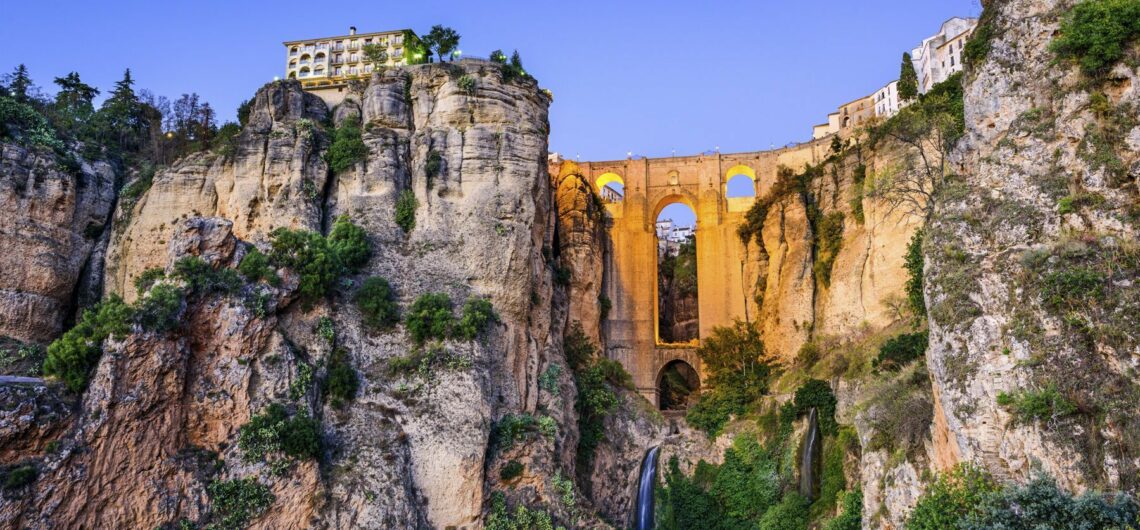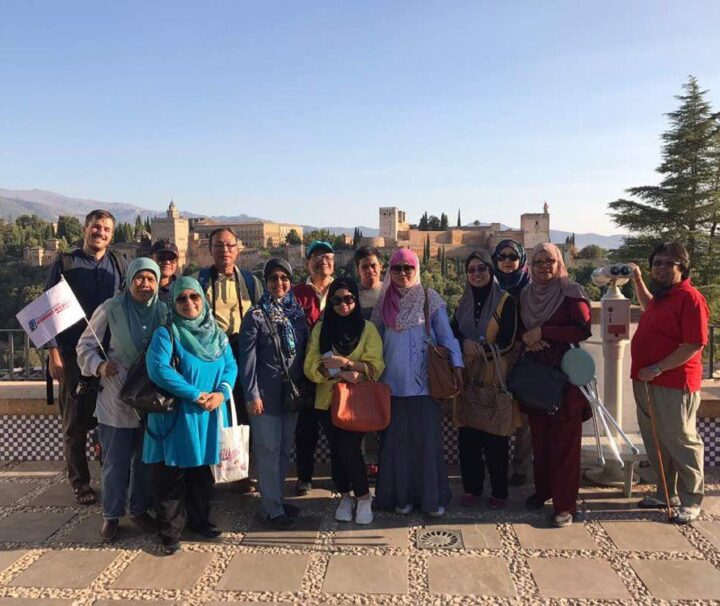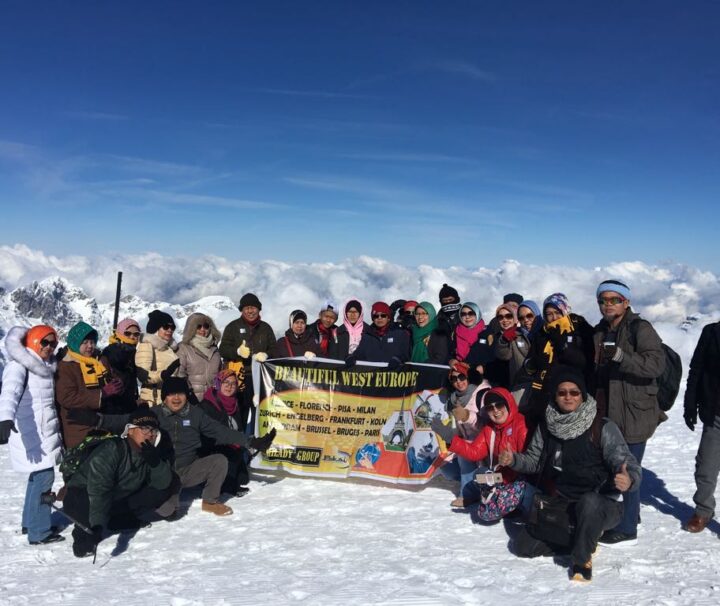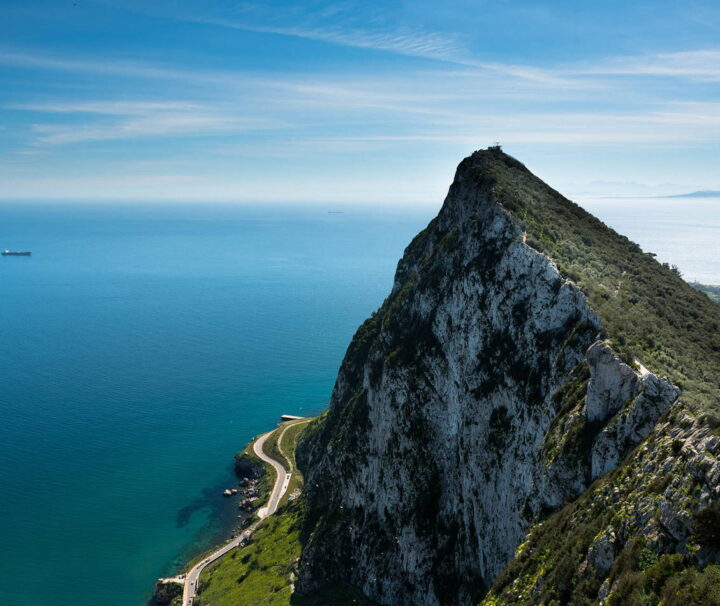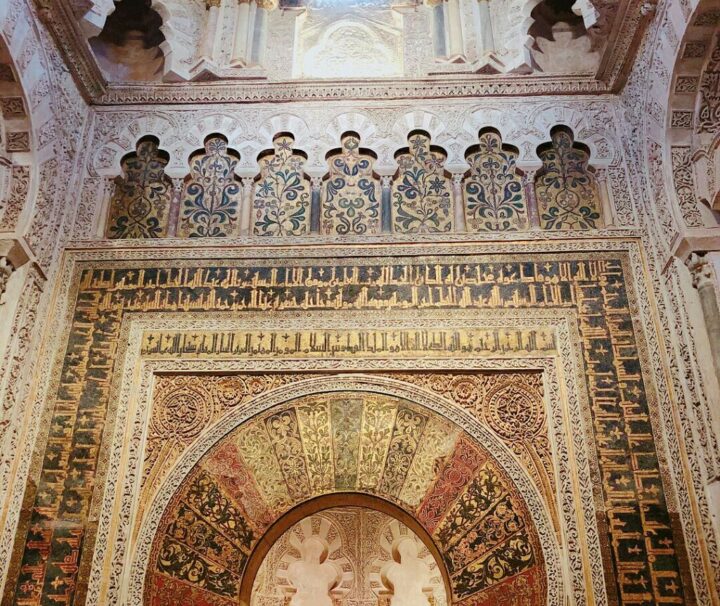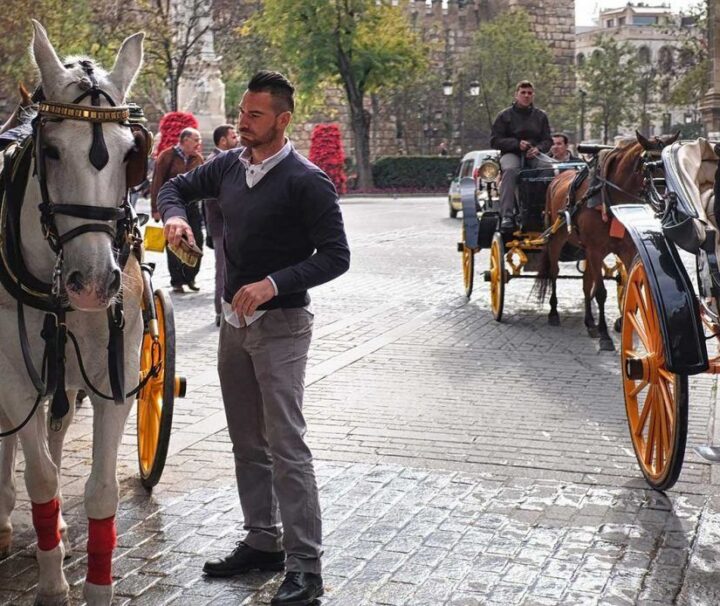ISLAMIC HERITAGE OF ANDALUSIA, SPAIN
What to see in Ronda
In the 6th century the Celts who founded Ronda (Malaga) calling it Arunda. Over centuries was settled by Romans, Phoenicians, Visigoths and Arabs. In fact, like most of Andalusia, Ronda has a rich Islamic Heritage that can still be seen in its architecture. For years, the city was the capital of a small Berber Kingdom and was home to several famous poets and scholars of the Islamic world.
Arabic Bathhouses

The Arabic Bathhouses, located in the ancient Jewish quarter, were built in the early 14th century. Despite their extraordinary architectural interest they were abandoned and the floodwaters from the River Guadalevín eventually buried them. When the Duchess of Parcent ordered the construction of some gardens in this area the first remains of the bathhouses came to light. The excavations that have been done to date have allowed the recovery of the three chambers of the bathhouse (cold, warm and hot), which are linked by semicircular arches and covered with barrel-vaulted roofs. The bathhouse vaults are perforated by star shaped openings that filter the sunlight and create a beautiful effect. Parts of the boilers and of the water pipes are still on the site, that is one of the best preserved bathhouses from that era in all of Spain.
Address: Molino de Alarcón, 11, Ronda, 29400, Málaga
Visiting Time: Monday to sunday from10:00 to 18:00
Arab Bridge

The Arab bridge known also as The old bridge is the oldest and smallest of three bridges that span the 120 metres deep of the canyon El Tajo in Ronda. It was built in 1616, and currently only carries pedestrian traffic. The new bridge was built in the 16th century after the Reconquest, when the market districts of Ronda were forming. The citizens of Ronda requested a new bridge that would directly connect them with the highest point across the gorge. An area that was long and flat, and ideal for the expansion of Ronda which was already becoming crowded. In 1734 the construction was finally completed but it was not strong enough and collapsed few years later. The current bridge It took 34 years to be inaugurated! The building stands 98m from base to top and spans 66m from side to side.
Accinipo Archaeological Site

I was called Old Ronda for yearsm due to the belief that this was the first site of the city, a theory that was later proven false. It is 21 kilometres from Ronda on a plateau with great panoramic views of the lands. Some documents say that Acinipo belonged to Celtic Beturia but in Roman times it became one of the main cities of Betica. Only the theatre has been preserved from the ancient Roman city. It was built in the 1st century in the Greek fashion, which is why the cavea is carved out of the rock. A large part of the seating area is well preserved, also the orchestra and the front of the stage, which is made of building stone without mortar. Ruins have also been found in some bathhouses, two dwellings, the official temple, the basilica and the porticos.
Address: Ctra. MA-449, Ronda 29400, Málaga
Cultural Heritage

The most important cultural heritage of Ronda is the development of modern bullfighting. Pedro Romero, who came from a long line of Ronda bullfighters, founded the tradition of facing the bull on foot, rather than on horseback. His family was also responsible for the use of the cape and a specially designed sword. The ‘Feria Goyesca de Pedro Romero’ honours this contribution to bullfighting and is one of Ronda’s most important festivals. It takes place throughout the first week of September and the festivities include a parade of 18th century costumes and culminate in a bullfight.
Spain Muslim Tours
Spain Private Tours
Europe Tours for Muslim Travelers
Morocco & Spain - 8 Days
Andalusia Madrid And Barcelona Tour - 7 Days
Madrid, Cordoba & Granada Muslim Tour - 5 days
You may also like check our videos Youtube

